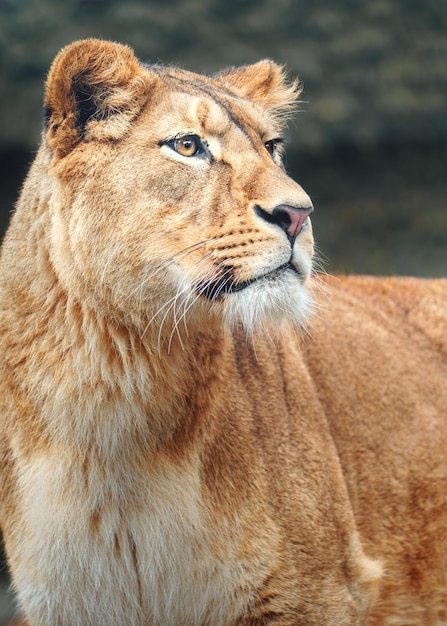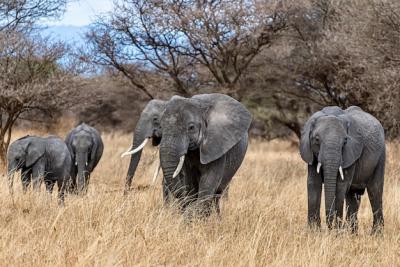North African Lion – Free Stock Photo for Download
About the North African Lion
The North African lion, also known as the Barbary lion, is a remarkable and majestic creature native to North Africa. Historically, this lion roamed the vast landscapes of Morocco, Algeria, and Libya. Although they are now considered extinct in the wild, the legacy of these lions continues to captivate animal lovers and wildlife enthusiasts around the world.
Physical Characteristics
North African lions are known for their impressive size and striking appearance. Here are some key characteristics:
- Size: Males can weigh between 300 to 500 pounds, making them one of the largest lion subspecies.
- Mane: They have long, dark manes that are thicker and fuller compared to other lion subspecies.
- Coloration: Their coats are typically a tawny color, providing excellent camouflage in their natural habitat.
Habitat and Range
Historically, North African lions inhabited a range of ecosystems from dense forests to open plains. Today, while they are no longer found in the wild, efforts are being made to preserve their genetic lineage in captivity.
Conservation Efforts
Conservationists work tirelessly to ensure that the gene pool of the North African lion is preserved. Some key initiatives include:
- Biodiversity Preservation: Zoos and wildlife reserves maintain breeding programs to support their lineage.
- Education: Raising awareness about the importance of protecting endangered species.
- Habitat Restoration: Restoring natural habitats that can support wildlife living in the area.
The Cultural Significance
The North African lion holds a significant place in the culture and folklore of the region. These lions are often depicted in ancient art, symbolizing strength and courage. Their majestic presence has inspired numerous stories, legends, and artistic representations throughout history.
Final Notes
The North African lion is a symbol of wildlifeâs beauty and an important reminder of the fragility of their existence. While their presence in the wild may have faded, efforts continue to remember and honor this incredible species. By understanding and sharing their story, we can all contribute to the conservation of our planet's diverse wildlife.












